How to cut flowering parsley to grow further?
If the parsley has bloomed, this is not a reason to get upset and write off the fragrant herb. To keep it growing on greenery, the arrows are cut out, and the branches are cut more often than before. Or you can leave the peduncles to collect the seeds. The flowering plant is used in cooking and folk medicine.
What to do with blooming parsley?
Peduncles and seed caps of parsley appear in the 2nd year of development, approximately in June-July. It is rare to see parsley bloom in the first year. This usually happens if she suffers a prolonged cold snap. The root needs to overwinter, or, in scientific terms, to undergo vernalization, so that flowers appear on the plant. It is impossible to undo the flowering of parsley. This is her nature - in the first year she gives only greens, in the second - a little greenery and seeds.
What if the parsley is overgrown? There are 2 opposite opinions on this score:
- If the parsley went to the arrow, it is no longer suitable for greening. From this moment on, the leaves become few, they coarse and acquire a yellow color. From overgrown parsley, you can pick flowers for harvesting or leave it to ripen to collect seeds. Some people prefer to completely dig up the beds at the end of the first year and sow the seeds again every year.
- If the parsley has bloomed, this is not a reason to cross it. You just need to remove the arrows in time and cut the greens more often. Then she won't be so rude at. And when chopped, in the first courses, there is no difference between young and overgrown parsley. Some gardeners leave parsley and get a harvest from it in the second year.
Cut off the greens
If the plant is grown only for the sake of getting greens and the goal is not to get seeds, you need to harvest in time and cut out all the arrows. You need to cut off the branches regularly. It is correct to do this when they reach a length of 12 cm. Then the leaves will be very delicate. At the same time, in order for the parsley to grow further, you should leave petioles 4–5 cm long and use top dressing after each cut. The leafy variety is usually fed with ammonium nitrate at the rate of 50 g per 10 m2.
There are two types of parsley: leaf and root. The leaf is well-known, but the root is not so often found in the garden. It is planted to obtain root crops weighing 100–170 g. Conical, with a pleasant smell, they are also used as a seasoning for dishes. In this case, you can also cut greens from root parsley. The cycle of its development is the same - 2 years.
We collect seeds
Freshly harvested seeds have good germination. They germinate faster and better. Therefore, experienced gardeners always leave a couple of parsley bushes to "outgrow". It is enough to leave 2-4 bushes to collect seeds.
If the parsley goes into the arrow, small yellowish or greenish flowers will soon appear. The plant blooms for 30–40 days, after which green fruits are formed on it. As they mature, they darken.
Collect the seeds carefully, substituting a paper bag, otherwise they easily crumble and scatter. After harvesting, the seeds are dried in a ventilated area. They are stored in paper in a dry and dark place, where they remain viable for 2-3 years.
Cooking medicinal infusions
Blooming parsley can serve as an excellent raw material for medicinal drugs. All parts of the plant have healing powers - diuretic, antispasmodic, bactericidal, antiallergic, desensitizing effect. Parsley increases appetite, regulates salt metabolism and contains inulin, which is valuable for diabetics.Home remedies are prepared from it:
- A handful of seeds can be crushed in a mortar and rubbed into the scalp for hair loss.
- Grind 1.5 tbsp. tablespoons of the root or other part of the plant, pour 200 ml of boiling water, leave for 1 hour. Take 1 tbsp as a diuretic. spoon before meals.
- Pour 1 teaspoon of seeds with 200 ml of cold water, heat over low heat until boiling, cool and strain. Take with nausea, heaviness in the stomach, flatulence, 2 tbsp. spoons three times a day.
We use it in cooking
Parsley has a spicy aroma and a sweet-tart taste. All parts of the plant are used in cooking: greens, inflorescences, roots. It is added to dishes fresh, dried, frozen.
- Parsley inflorescences give a pleasant spicy taste to the preparations with cucumbers and tomatoes.
- Grated root is added to boiled fish, game, potatoes.
- The seeds are used to season vegetable stews and lentil dishes.
- Greens are used for salads, soups with meat, vegetable dishes.
You can do the same with root parsley as with leaf parsley. In the fall, the root is dug up and, if necessary, in the spring (or at home in winter), they are planted in the ground. In the second year, the plant produces greenery with a peduncle. In order for the root crop to grow large, it needs enough space in the ground and leaves "overhead". Here you have to choose - either collect a lot of greenery, or dig up a large root.
Planting with parsley can be “eternal”. The first year and until June of the second year, fresh greens are cut from it. Then it will start to bloom. But even after that, flower stalks can be removed from some of the plants and the greens can continue to be cut. And the other part of the peduncles must be left so that the seeds ripen and the parsley is renewed - it is sown by itself. In general, it is more rational to sow a crop every year. Then in the garden there will be young greens and flower stalks for obtaining seeds, seasonings and medicinal drugs.
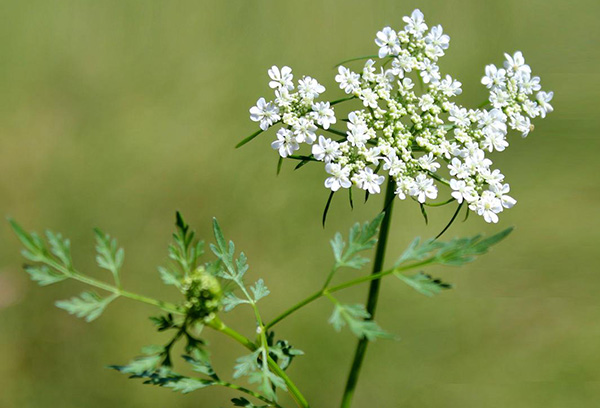
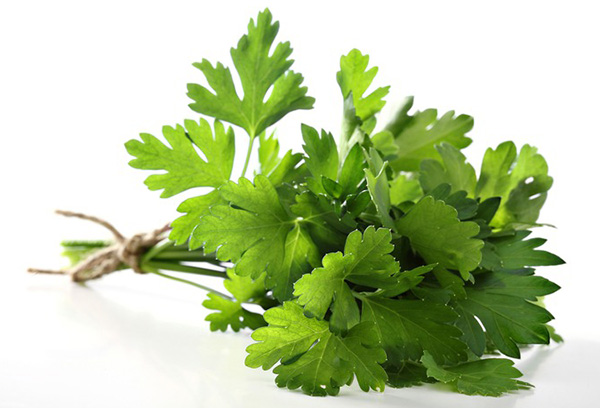
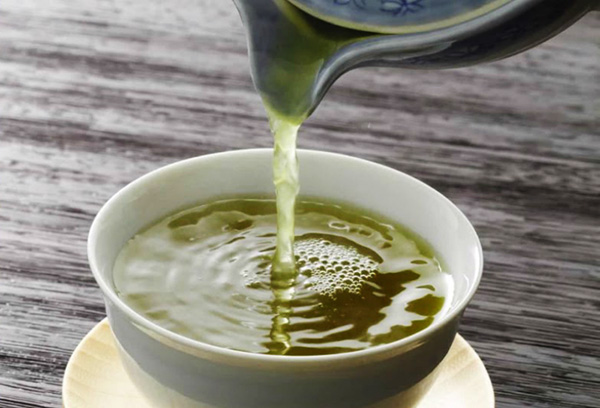
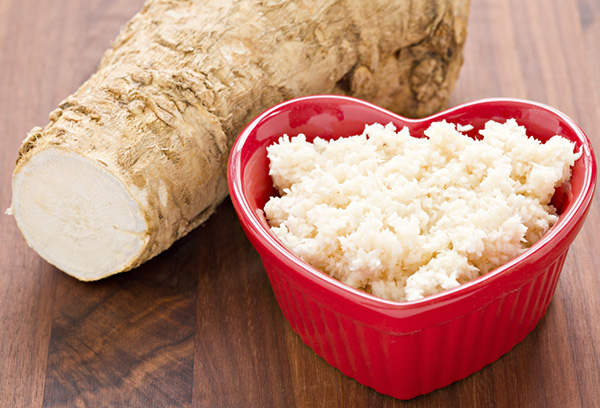
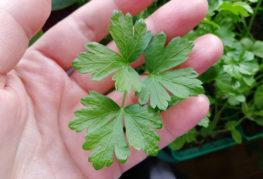
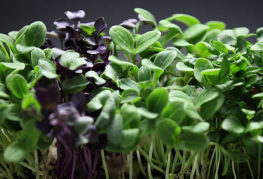
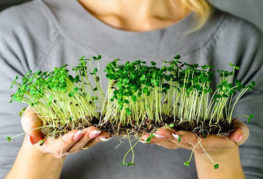

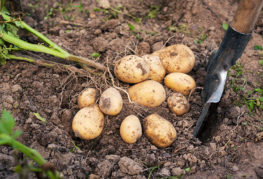
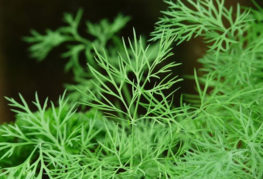
and will be published shortly.